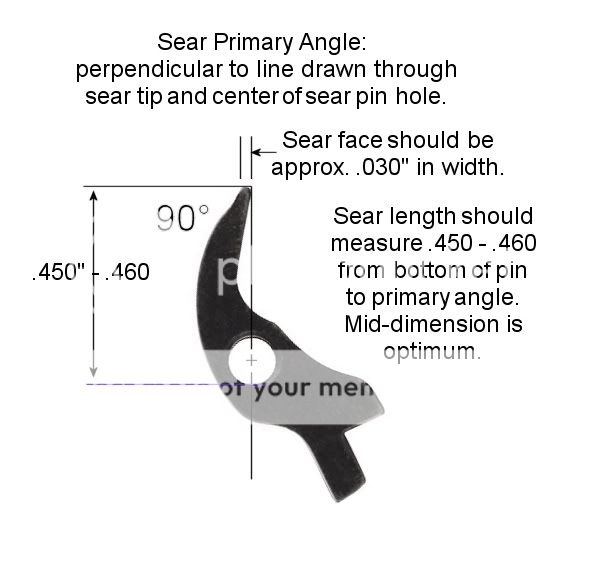pilotguy299
Ultimate Member
I spent a few hours this morning playing around with mine and trying to see how all the parts fit together. The problem I have run in to is that although the sear engages at both points when you pull the hammer back, after pulling and holding the trigger it will not reengage at all if you manually pull the hammer back. If I hold the trigger and cycle the slide, the sear will engage at the first (half-cocked) point.
The sear and the disconnector are very snug in the frame, so I am guessing that it is hanging up and not rotating to it's full position. I am going to look around for some more info on this type of malfunction, and maybe look to polish the inside & the sides of the sear some more.

The sear and the disconnector are very snug in the frame, so I am guessing that it is hanging up and not rotating to it's full position. I am going to look around for some more info on this type of malfunction, and maybe look to polish the inside & the sides of the sear some more.



